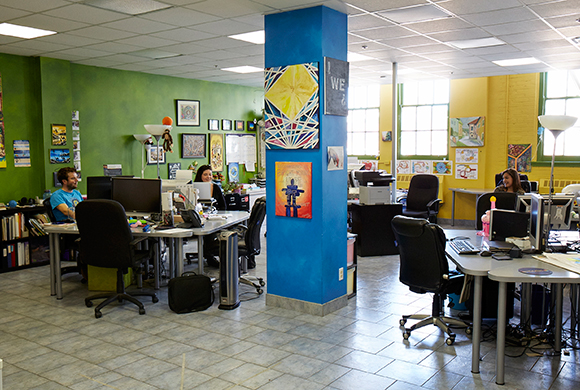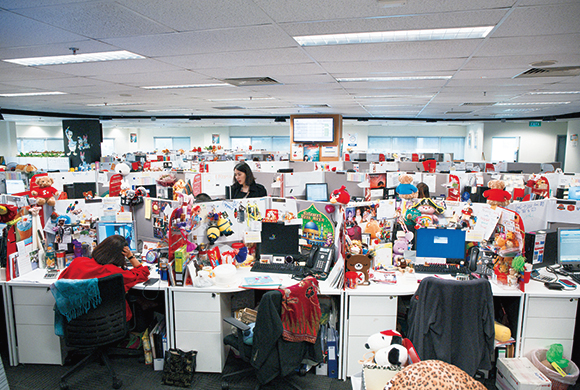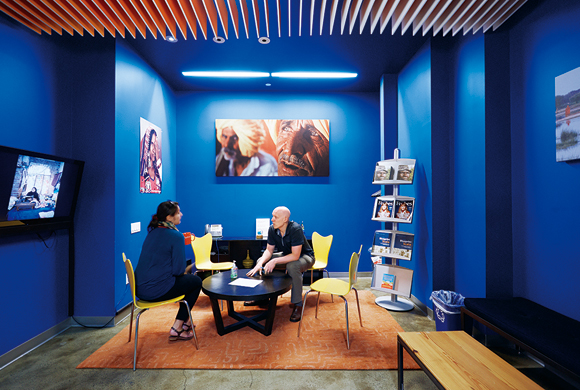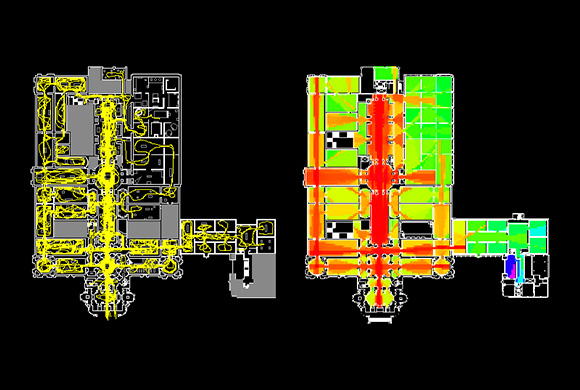Workplace
Sep. 6, 2021
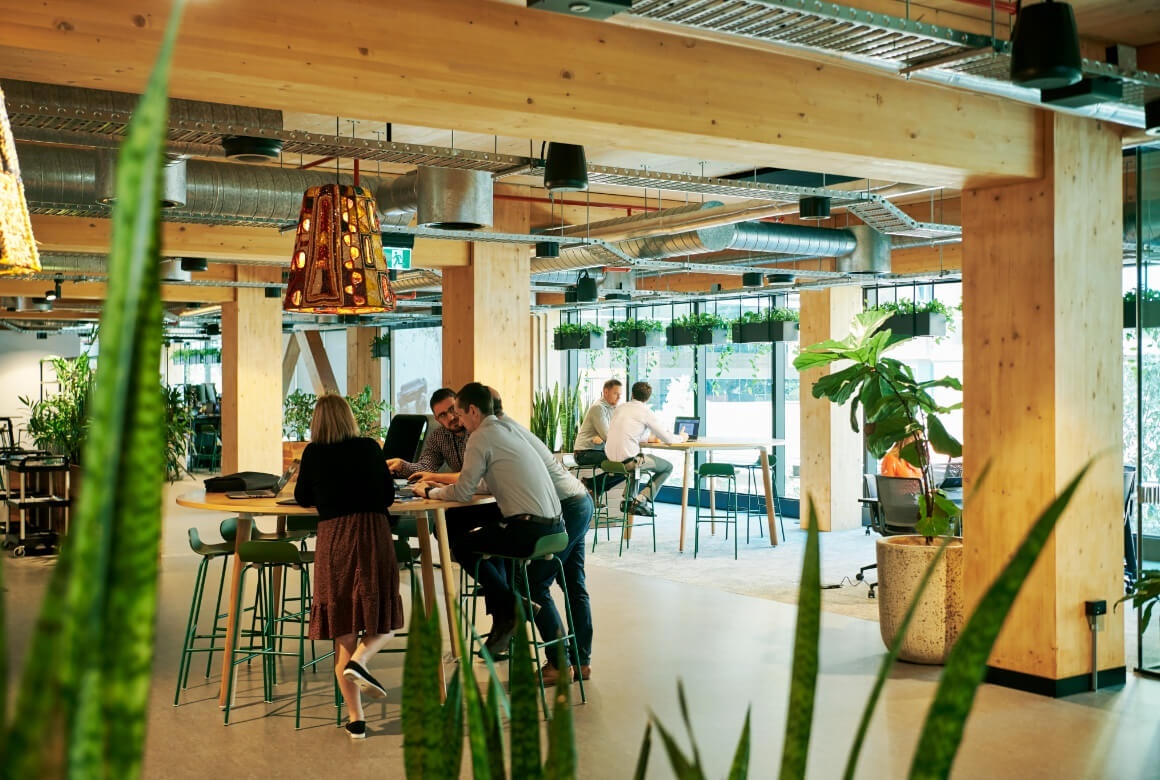
One of the world’s largest timber office buildings is a second home to workers
[Aurecon] Brisbane, Australia
1.6 kilometers from Brisbane’s Central Business District, a massive redevelopment project called Showgrounds, by the development heavyweight Lendlease, is underway. Around the time the project was launched, the engineering, design, and advisory company Aurecon’s lease on their CBD office was ending, and they were in the market for a new site for their 700 employees. They had worked with Lendlease on many projects in the past. For Aurecon, being able to collaborate on the design and construction of a timber skyscraper, for which the company provided building services, engineering, sustainability consulting and structural-engineering services, in collaboration with Lendlease,came at the perfect time. They had long hoped for a new office that would be a safe, strong building that would stand the test of time, a place where staff could work comfortably and that would be innovative in its design. Though more and more countries are building timber skyscrapers these days, 25 King—one of the world’s largest commercial timber office buildings to date, at 52 meters high—met all of Aurecon’s requirements.
Above all, it was important that the building have a familiar quality, something uncharacteristic of an engineering company. “[We wanted] our staff to leave work feeling better than when they arrived [and] to feel like they were coming home when they came to work,” says Aurecon’s Senior Project Engineer, Phillip Saal. Timber buildings are a way of upending the cold image of concrete office buildings. The redeveloped area, at a slight remove from the hustle and bustle of the city, also matches the building’s mood. Even the ground level conveys Aurecon’s intentions of creating a “home.” Furniture is laid out loosely in the open space, and can be moved freely, depending on usage, to allow for smooth, casual communication.
There’s another thing that is noticeably different from the previous office: according to Sarah McMahon, an Associate Principal at the architecture firm Woods Bagot (which undertook the fit-out of the Aurecon tenancy), there seems to be a current trend in Australia to move offices from higher floors to lower levels, and Aurecon intended to do the same.

Building exterior: Ten floors with a total area of 15,000 square meters. The timber used in the building emits lower CO2 emissions, and is sourced from sustainably managed forests.
“The developer, Lendlease, assumed that we’d want the top, because we are the anchor tenant of the building. And we said no, we want to engage [with the street],” says Aurecon’s Senior Project Engineer, Nicholas Weiske.
“Being able to walk in from the street, straight into our fit-out— that’s the experience we wanted,” says Saal.
Soon, the employees did indeed begin to work that way. Since moving offices, more workers have started to use the stairs. After arriving in the morning, the staff head to the staircase in the center of the building and soak up the morning sun shining through the building’s large windows as they climb up. Putting a large staircase in the middle of a building comes with major risks—it would be a waste of a considerable investment if it wasn’t used. “But people really embraced it,” says Weiske. “People use them far more than the lift.”
This isn’t the only feature devised to create a sense of “home.” The lampshades that illuminate the interior are made by Aboriginal Australian artists. Meeting rooms are named after native plants and indigenous words. Polygonal tables, which eschew seating hierarchies, are also inspired by indigenous ways of thinking. The same goes for ABW.
“Depending on the task someone is undertaking, they might want to find some quiet space. They might need to meet with another person so they can collaborate. That’s the beauty of a fit-out that is so flexible in nature,” McMahon says. In addition to the versatility of the office space, importance is placed on creating a healthy work environment, allowing for adaptability through remote-work and flex hours. This is a surprising policy for an engineering company— it’s no wonder that nearly 40% of Aurecon’s employees are women.
On one occasion, 300 visitors were invited for a tour of the office, all of whom praised the space for not being like a typical engineering company. No one feels this more strongly than the workers here. “It’s a much more casual space, so I think that encourages you to talk more,” says Saal. Weiske continues, “I’ve worked here for twelve years, and the first day [in the new building] I sat down next to someone I hadn’t met before. I said ‘Hi, I’m Nick,’ and right from day one everyone felt that it was the right environment to meet people.”

Nicholas Weiske
Senior Project Engineer
Aurecon

Phillip Saal
Senior Project Engineer
Aurecon

Sarah McMahon
Associate Principal
Woods Bagot
photo: Hirotaka Hashimoto
From WORKSIGHT 16(2020.7)


















